Finding the perfect tent can feel overwhelming—especially with so many sizes, styles, and technical specs to consider. But don’t worry: whether you’re planning your first car camping weekend or upgrading to a high-performance backcountry setup, this tent buying guide is here to help.
In this article, we’ll walk you through how to choose a camping tent based on your needs—factoring in space, use case, weight, and seasonality. We’ll also highlight top-rated models, beginner-friendly options, and expert tips so you can make the best choice.
From the best camping tents for families to the best lightweight tents for hiking, we’ve got
Table of Contents
Choosing the Right Tent Size
When it comes to how to choose a camping tent, the first step is figuring out how much space you’ll need—both for sleeping and for gear. Whether you’re a solo trekker, a couple with a dog, or a family heading out for the weekend, the right size makes all the difference.
Most tents are labeled by with tent capacity ratings (1-person, 2-person, 4-person, etc.), but these numbers often reflect tight sleeping arrangements with minimal extra room. That’s why it’s smart to size up—especially if you like a little elbow room or travel with gear, pets, or kids.
For example:
- Solo campers or minimalist hikers may prefer a compact 1- or 2-person tent like the MSR Elixir 2—lightweight, reliable, and easy to pitch.
- Couples or duos with extra gear often bump up to a 3-person tent to store packs inside and stretch out.
- Families or group campers should look at 6- to 8-person models with multiple doors and vestibules. The The North Face Wawona 6 is one of the best camping tents for families, offering ample standing room and weather protection.
- For larger groups or basecamp-style setups, even 9- or 12-person tents exist, though they’re best suited for car camping due to their weight and size. Think the Kuma Bear Den Cabin.
Tent Buying Tip: If you’re planning a camping trip for three people, consider getting a 4-person tent. That extra space can seriously improve your comfort and morale—especially during rainy days or long nights.
Use Cases: Car Camping, Backpacking & Glamping
What Is the Intended Use for Your Tent?
Are you looking for a spacious, shaded shelter to lay your head after a long day of fishing and floating on the river? Or do you plan to hike five hours up to Garibaldi Lake and pitch your tent for the night before checking out the Black Tusk the next day?
You need to decide whether you’re choosing a tent for car camping, backcountry adventures, or something more luxurious—like glamping. That’s the foundation of any good tent buying guide: knowing where and how you’ll use it.
Car Camping
If you’re mainly sticking to drive-in campsites, weight is not an issue and your options are wide open. You can go for something spacious with room to stand, store gear, and get changed in comfort—perfect for families, casual campers, or those who simply want a bit more room to breathe.
Tents for beginners often fall into the category of car camping too—they’re easier to set up, more forgiving with space, and ideal for relaxed camping trips.
Lightweight / Backcountry Camping
If you’ve got overnight an overnight camping trip planned in the wilderness, tent weight becomes a crucial factor. The best backpacking tents are compact, under 5 lbs, and easy to divide among group members. That is, if you’re not going solo, look for the packaged weight—which includes poles, stakes, stuff sack, and guylines—and consider how it will split between campers.
Tent buying tip: Don’t just look at trail weight of backpacking tents—consider packed size and pole length too. These affect how easily you can strap it to your backpack.
Glamping
If your ideal camping trip includes an air mattress, string lights, and a coffee station, glamping tents offer a more luxurious take on the outdoor experience. Look for vertical walls, large vestibule doors, and ventilation panels.
Larger car camping tents often double as top-rated camping tents for glamping. Just make sure you have enough space in your vehicle for transport.
Expert Insight: “When customers ask me how to pick a tent, I always start with one question: how far are you carrying it? That one detail unlocks so many other decisions—size, weight, setup time, even features like vestibules or extra storage.”
— Marc L., Camping Gear Specialist at Altitude Sports
Tent Types and Key Features
When narrowing down your options in any tent buying guide, it’s important to consider tent features—from construction and ventilation to internal storage and materials. The more performant the tent, the more you’ll typically pay—but the payoff in durability and comfort can be well worth it.
Ventilation
The more mesh panels a tent includes, the better it will ventilate. Mesh allows air to circulate and keeps you cool and fresh at night. It also helps regulate condensation—an underrated factor in wet conditions—and offers scenic views in the morning or stargazing at night.
Tents for beginners often include large mesh windows or dual doors to maximize airflow and comfort, especially in warmer months.
Durability
When it comes to tent materials, rugged, bomb-proof models are built with higher-denier fabrics and reinforced seams. These are more resistant to tears, rough terrain, and stormy weather.
For year-round campers or those venturing into alpine zones, look for tents with taped seams, silicone-coated rainflies, and ripstop canopies for maximum durability.
Guyout Loops
Guyout loops—reinforced tie-down points on the outside of the tent body—are standard on high-quality, weather-ready tents.
When winds pick up, these loops allow you to stabilize the tent with guylines and stakes, protecting the structure from collapse or strain. They’re a small but essential feature for serious campers.
Internal Storage & Pockets
When nature calls at 2 a.m., the last thing you want is to fumble in the dark. Internal pockets and ceiling loops help keep gear like your headlamp, phone, or chapstick within easy reach.
Most modern tents come with at least one ceiling hook for a lantern and multiple stash pockets along the walls—especially handy in multi-person models.
Tent Footprint
A tent footprint is a custom-sized groundsheet that protects the tent floor of your tent from abrasion and moisture.
While not mandatory, it’s a smart addition if you’re camping on rocky, damp, or abrasive terrain—especially useful for backpacking tents that may be used in a variety of settings.
Most footprints are sold separately and tailored to specific tent models. If you want to extend the life of your gear (and avoid small punctures from pebbles or sticks), a footprint is a cheap insurance policy.
Expert Insight: “I always recommend new campers prioritize ventilation and internal storage. You’ll thank yourself at 3 a.m. when your headlamp’s right where you left it, and your tent isn’t a sauna.”
— Renée D., Customer Experience Team at Altitude Sports
Seasonal Ratings: 1-Season to 4-Season Tents Explained
Once you’ve figured out whether you need a lightweight tent or a heavier, home-away-from-home setup, you can tackle the next question: do you get a 3-season tent or a 4-season tent? What’s the difference? Are there 1-season and 2-season tents too?
When it comes to seasonal ratings, the most common are 3-season and 4-season tents. While 1-season and 2-season options exist, they’re best suited for very specific conditions. Unless you’re camping solely in tropical climates where the sun always shines, you’ll likely want a 3-season or 4-season model for the best balance of protection and versatility.
1-Season Tents
1-season backpacking tents are designed primarily for bug protection and light shelter. They’re typically made of mesh to maximize airflow and are great for summer camping use, picnics, or backyard sleepouts. Think of them more as mosquito nets with poles—they offer little protection from wind or rain.
If you expect wet or cooler conditions, these are not the right choice.
2-Season Tents
2-season tents are ideal for late summer or early spring, when you might encounter mild rain or wind. They’re usually single-wall tents with a basic DWR (durable water repellent) coating.
However, due to limited breathability, they can trap condensation, leading to damp gear. These are better suited for light-duty camping in dry climates or as day shelters. If you’re seeking something more weather-resistant, check out 3-season tents, which are more common in any reliable tent buying guide.
3-Season Tents
These are the most popular and versatile tents, offering reliable protection from wind, rain, and cooler temps during spring, summer, and fall. Built with two layers—typically a breathable inner tent and a waterproof rainfly—3-season tents are equipped with:
- Taped seams
- Reinforced poles and guy lines
- Front vestibules for storing shoes or bags
They also feature improved ventilation, reducing condensation and keeping things cooler on warm nights.
If you’re looking for tents for beginners, this is usually the best place to start. You can camp comfortably in most conditions without investing in full winter gear.
4-Season Tents
Built for year-round use, 4-season tents are designed to withstand snow, strong winds, and extreme weather. They feature heavier-duty fabrics, more robust pole architecture, and windproof structures—perfect for winter expeditions or alpine conditions.
Although they can be used any time of year, 4-season tents can feel overly warm for summer camping. They’re also more expensive due to the premium materials and engineering involved.
If you’re planning high-altitude, cold-weather, heavy snow, or straight up winter camping, though, the investment is well worth it. It’ll help you steer clear of a wet sleeping bag.
Tents With a Rainfly
Most 3- and 4-season tents come with a rainfly—a waterproof cover that protects from rain and dew. There are two main types:
- Roof-only rainflies allow more light and ventilation but offer limited protection
- Full-coverage rainflies provide complete weatherproofing, ideal for unpredictable conditions
Tents With a Gear Vestibule or Garage
Some tents feature a gear vestibule—an extended area under the rainfly where you can store wet boots and packs. These are great for keeping your sleeping area clean and dry.
Certain models, like the Marmot Tungsten Tent 2, include built-in vestibules. Others offer add-ons sold separately, but they may only be compatible with the tent’s specific brand or model.
Expert Insight: “Seasonal ratings can be confusing at first, but I always tell customers to think in terms of their worst-case weather scenario. If you wouldn’t feel safe in a sudden storm, it’s not the right tent.”
— Luc B., Gear Buyer at Altitude Sports
Buying Tips and Tricks
If you’ve made it this far into the tent buying guide, you’re probably close to making a decision—but how do you know you’re choosing the right tent for your adventures?
Here are some final tips to help you narrow things down and buy with confidence—whether you’re after the best camping tents for families, the best lightweight tents for hiking, or a reliable pick from the top-rated camping tents on the market.
Know Your Use Case (Not Just the Tent’s)
The biggest mistake people make when shopping for tents? Buying more tent than they need—or less. A 4-season alpine fortress might look cool, but it’ll roast you in July. Likewise, a budget 2-season tent won’t cut it in windy coastal conditions.
Think about:
- Where you’ll camp most often
- How far you’ll carry the tent
- Who you’re sharing it with
- What season(s) you’ll be camping in
This is the heart of how to choose the most versatile camping tent for your needs: matching real-world use to tent design.
Check the Packed Size and Weight
If you’re backpacking or traveling light, the best lightweight tents will pack down small, ideally under 2 kg (~4.5 lbs). Look for compact tent poles, featherweight fabrics, and shared load potential if you’re hiking with friends.
Look for Simplicity If You’re New to Camping
Setup frustration can ruin your first night outdoors. The best tents for beginners prioritize:
- Color-coded tent poles
- Freestanding frames
- Intuitive clips or sleeves
- Fewer moving parts
Size Up for Families or Shared Trips
If you’re heading out with the kids or sharing space with pets and gear, consider sizing up by at least one person. The best camping tents for families offer space, height, and clever storage solutions.
Trust the Top-Rated Picks
When in doubt, go with what experienced campers are loving. Our customers consistently rate these as top-rated camping tents for their reliability, features, and comfort. Read reviews!
Test It at Home First
Even the best tents for beginners come with a small learning curve. Practice setting up your tent in your living room, backyard, or local park before your first trip. Make sure you know:
- How to pitch it alone
- How to stake it out properly
- Where to store gear, hang a light, or vent it at night
Expert Insight: “It doesn’t matter how good the tent is if you don’t know how to use it. Pitch it once before your trip. Know how the fly attaches, how tight to pull the guylines, how to vent it. That’s what makes or breaks a camping experience.”
— Amira K., Marketing Specialist at Altitude Sports
Ready to Camp!
Choosing a tent doesn’t have to be overwhelming. With the right info—and the right gear—you’ll be well on your way to a great night under the stars.
Whether you’re backpacking solo, heading out with the family, or gearing up for your first-ever trip, this tent buying guide has covered the essentials to help you make a confident decision, from backpacking tents to family tents.
Remember, there’s no single answer to how to pick a tent—only the right answer for you. Start with your needs, match them to the right features, and don’t be afraid to size up, lighten the load, or prioritize comfort when it counts.
Still comparing options? Explore our curated selection of top-rated camping tents, a family camping tent, and ultralight backpacking tents to find the perfect fit for your next adventure.

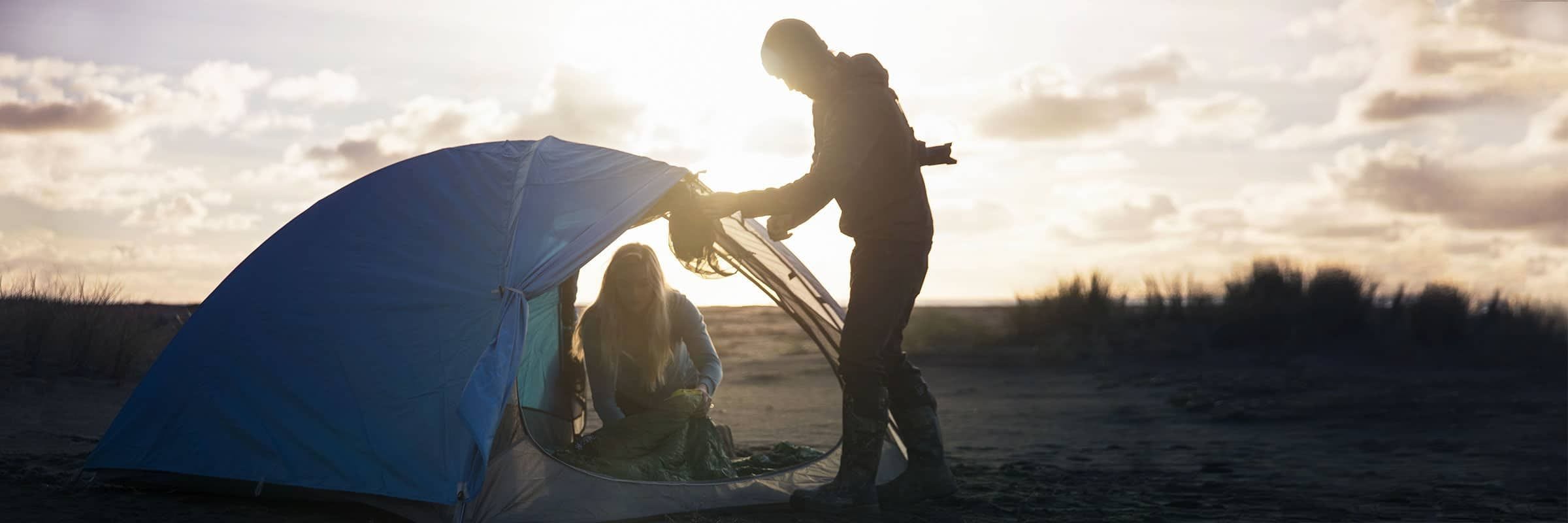


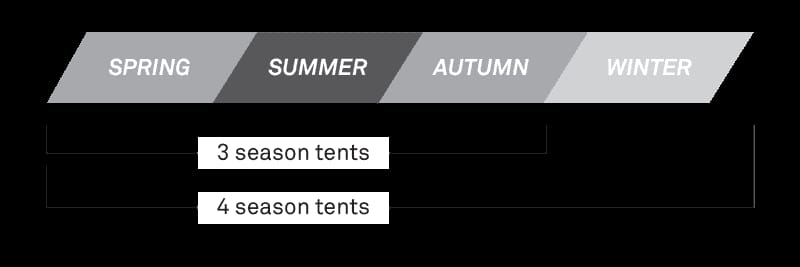
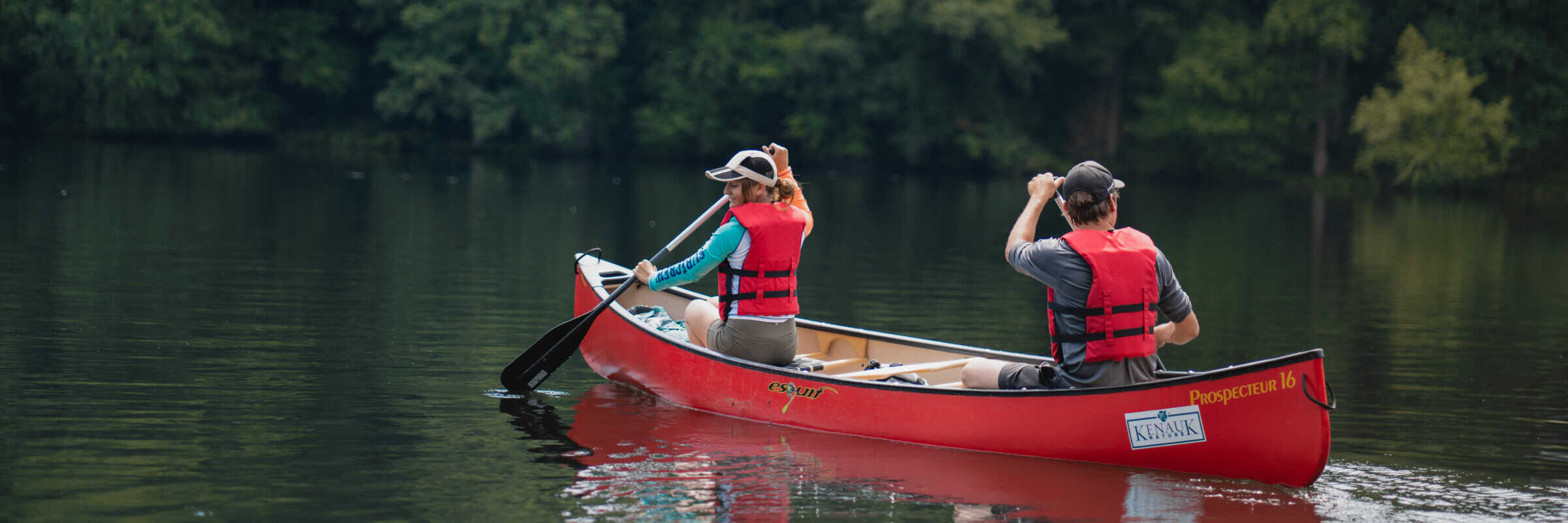
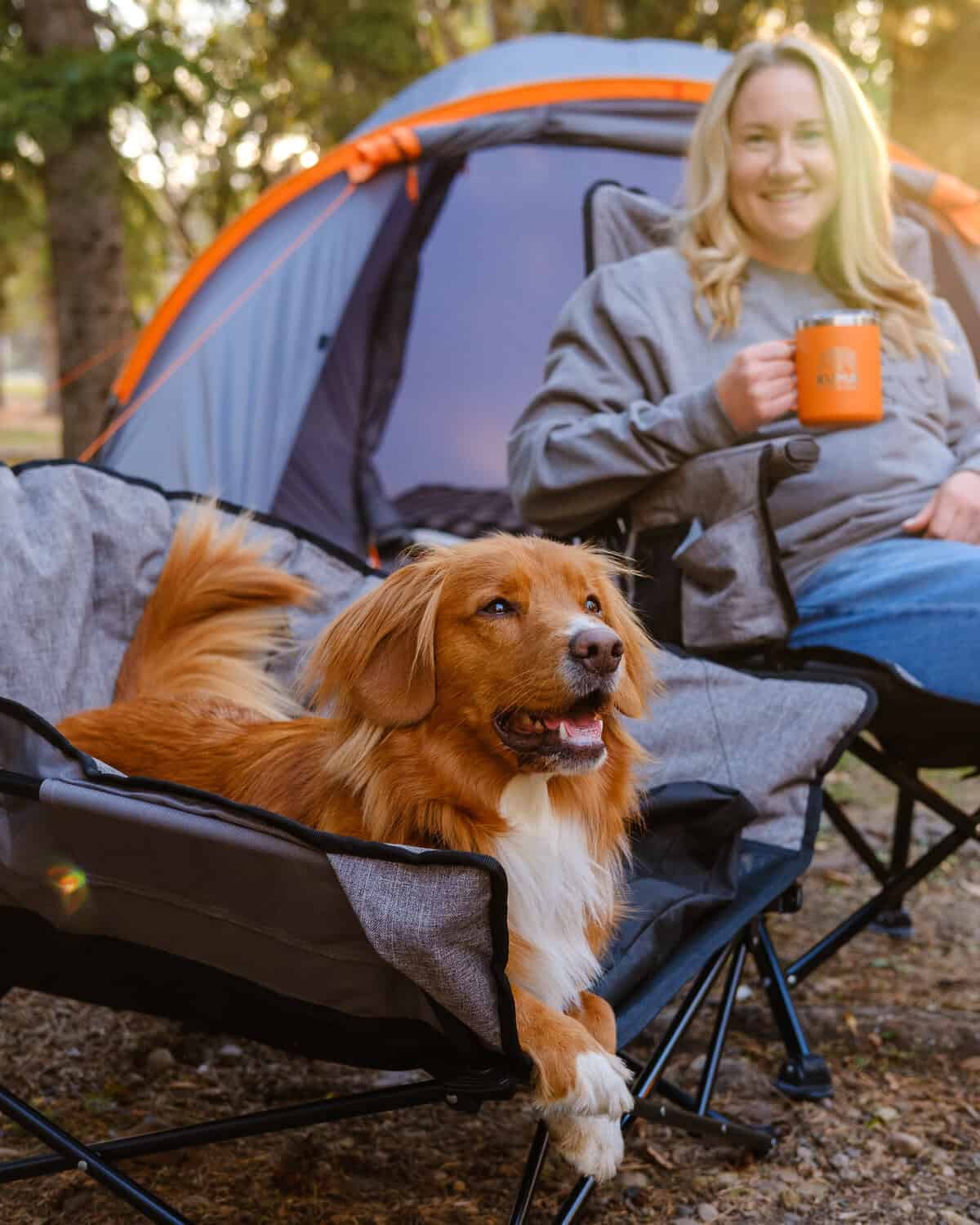

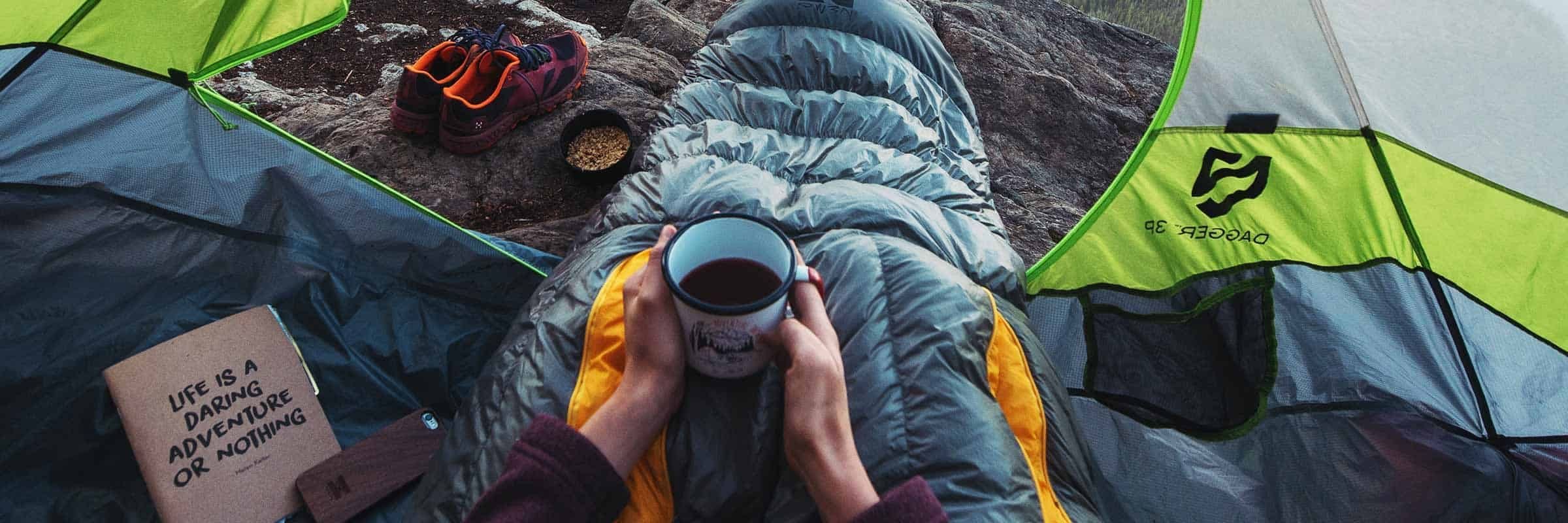
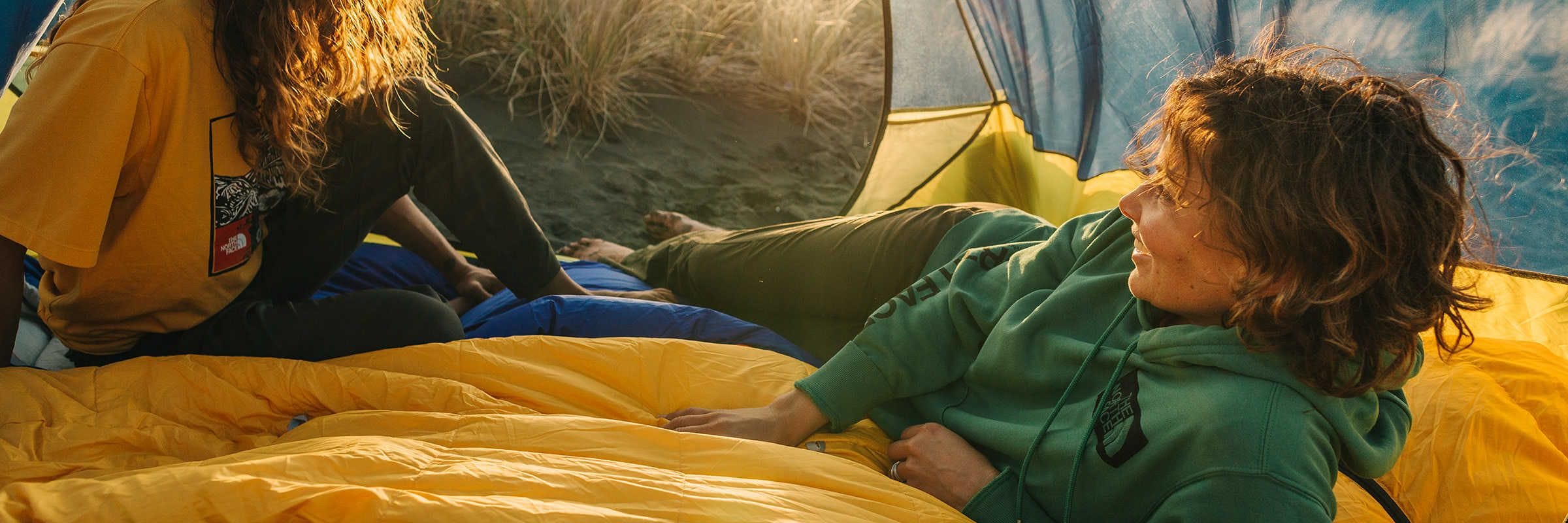
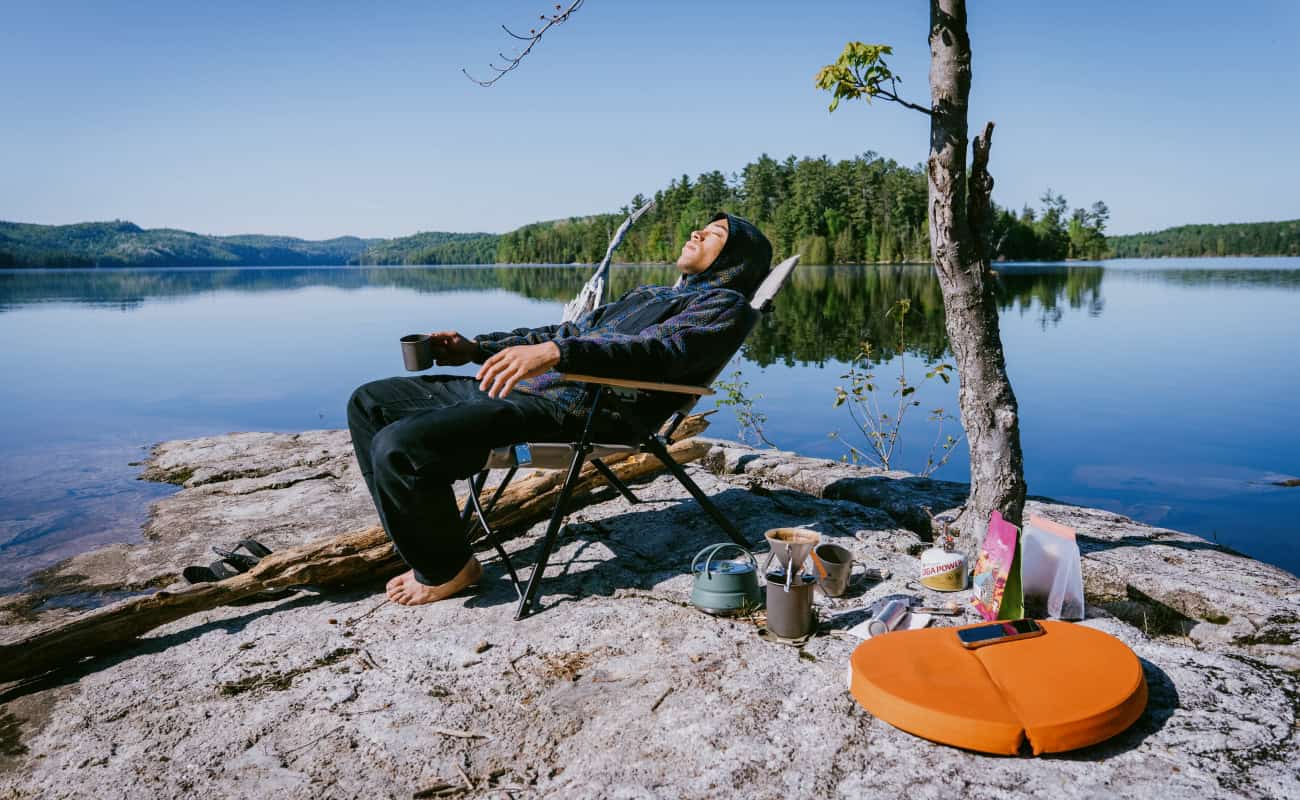
Paul Dalton
August 25th 2017